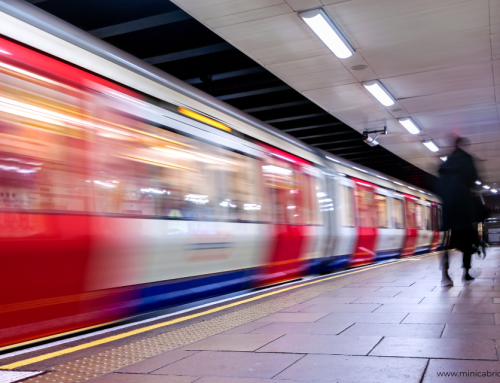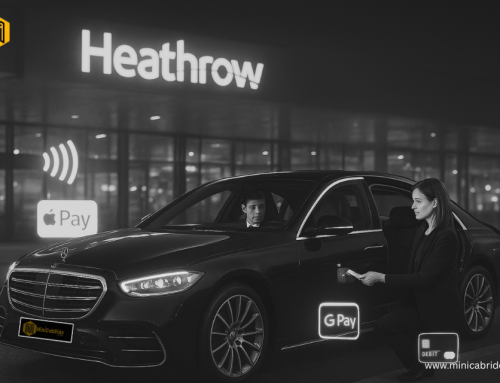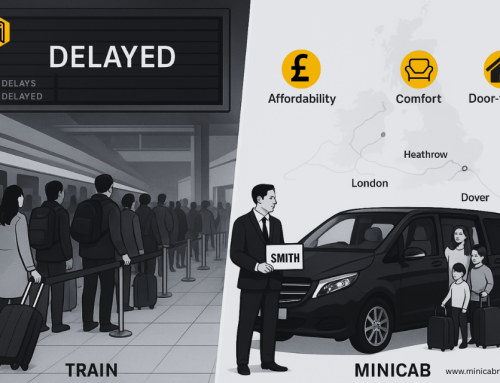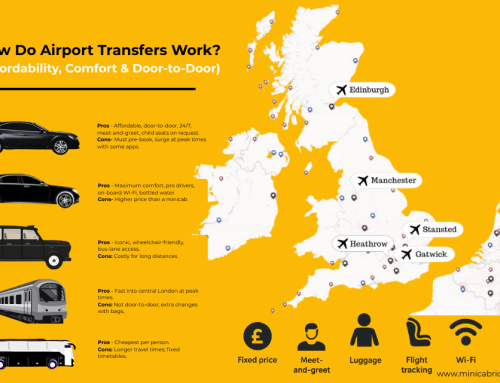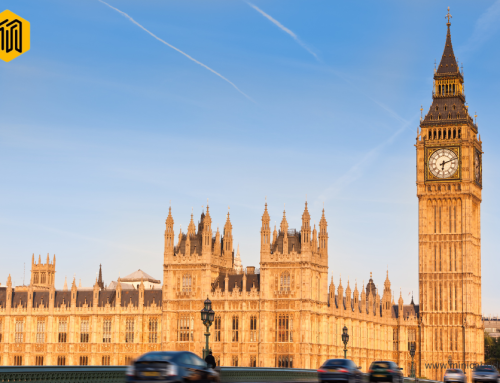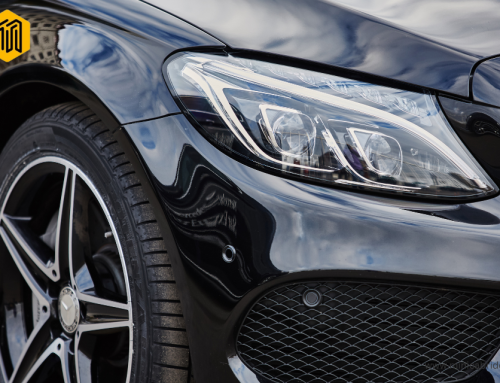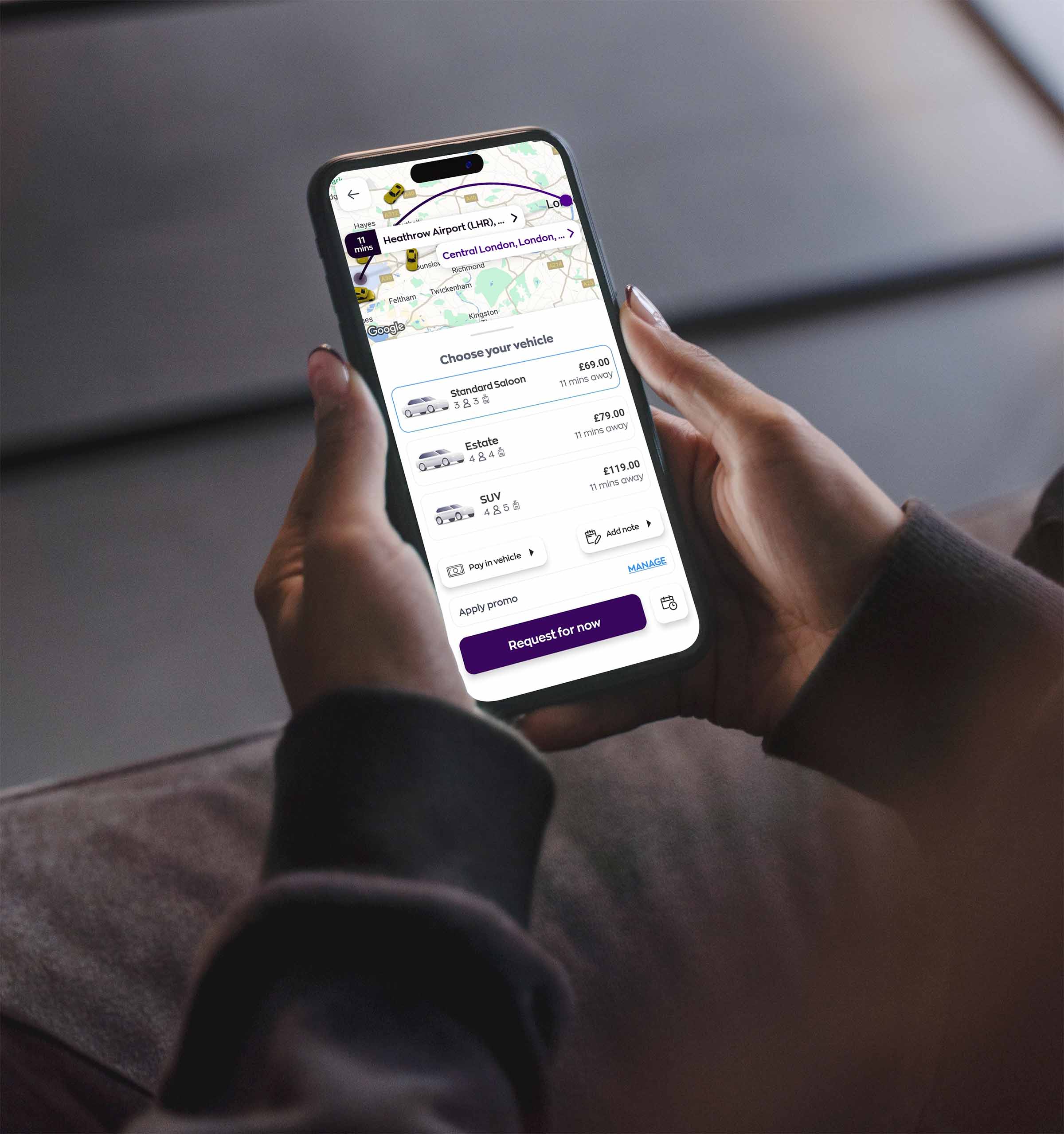
Few festivals on earth match the energy of Notting Hill Carnival. For two days each August, West London becomes a joyful explosion of steelpan, soca and calypso, feathers and sequins, rum punch and street food. Finding a great viewing spot changes everything: you’ll see more of the costumes, feel the pulse of the sound systems without being swallowed by the crowds, and get easier access to food, loos, and exits when you’ve had your fill.
This guide covers the parade’s backstory, a plain-English overview of the route, a street-by-street breakdown of prime viewing areas (Westbourne Park Road, Portobello Road, Ladbroke Grove, Royal Oak station area), how to read and use a map on the day, what to expect, safety and accessibility, and how to get there. If you want a smooth, VIP-style day, we’ve also included a section on booking a luxury private minicab with MiniCabRide.
Table of Contents
ToggleHistory of Notting Hill Carnival
The Notting Hill Carnival originated in the 1950s as a celebration of Caribbean culture and resilience, led by London’s West Indian community—particularly Trinidadian and Tobagonian traditions of mas (masquerade), pan (steelpan), and sound system culture. Over time, what started as local processions and community gatherings evolved into one of Europe’s largest street festivals, welcoming millions of visitors across the weekend.
The parade is rooted in emancipation festivities and Trinidad’s pre-Lenten Carnival, blending satire, pageantry, and freedom of expression. Today you’ll see the same foundations: mas bands in handmade costumes; towering, mobile sound systems; steel bands; and children’s day (Sunday), which preserves the family heart of Carnival. This heritage matters—and you feel it on every corner, from the basslines to the aromas of jerk pits and bake and shark.
Parade route overview (big picture)
The Carnival route typically loops through Notting Hill, Westbourne Park, and Ladbroke Grove, with different segments offering different vibes:
- Ladbroke Grove is the headline spine: wide enough for large floats and mas bands, with huge energy and big crowds.
- Westbourne Park Road and Great Western Road are classic vantage lines early in the day.
- Portobello Road delivers a peak “London meets Carnival” atmosphere along its market stretches.
- Royal Oak / Westbourne Park station areas provide practical access and relatively straightforward exits when you’re done.
The parade moves at an unhurried pace—mas bands stop to dance, steel bands pause to perform, and sound systems run fixed parties on side streets. If you want a continuous sense of motion, stick closer to the main loop. If you’re going to “set up camp,” position near a sound system or along a straight segment with good sightlines.
Where to watch: a detailed map mindset
Carnival maps change slightly year to year, but your approach should be the same:
- Pick your vibe first:
-
-
- Family-friendly and calmer edges
- Sound-system heavy party zones
- Steelpan and traditional mas focus
- Plan your access and exit routes: note which Tube stations are open (some become exit-only or close entirely) and identify two different exits in case of crowding.
- Choose a fixed meeting point: mobile data can be patchy; set a landmark like a specific corner, mural, or shop.
- Arrive early for prime railings/barriers: by late morning, the best rail spots are taken—especially on Children’s Day (Sunday) and Monday (main parade day).
-
Key viewing spots (street-by-street)
1) Westbourne Park Road
Why it’s great:
-
-
- A classic stretch with long, straight lines that are ideal for photos and seeing full float builds and costume wings.
- A good mix of families and Carnival regulars; you can often find suitable perches against the barriers.
-
Best sections:
-
-
- Between Great Western Road and Portobello Road for long views and approach shots.
- Early morning (before ~9:30–10:00) is your golden window for snagging front-row railings.
-
Nearby perks:
-
-
- Relative proximity to Westbourne Park and Royal Oak areas for facilities and easier exits.
- Good “step off and rejoin” options—handy if you’re pacing the day with kids or a big group.
-
2) Portobello Road
Why it’s great:
-
-
- Iconic Notting Hill energy: market façades, balconies, and a visual mash-up of London and Caribbean aesthetics.
- Regular stops for dancing and call-and-response with bands; incredible candid photography.
-
Best sections:
-
-
- Westbourne Park Road to Lancaster Road: strong Carnival flow, lots of colour, frequent pauses that let you actually engage with performers.
- If you want to avoid the maximum crush, hold the edges of the market zone and step in and out.
-
Watch outs:
-
-
- Narrower stretches get dense fast. Stay alert and avoid bottlenecks near bridges, station portals, and roadworks.
-
3) Ladbroke Grove (the big one)
Why it’s great:
- The main artery for big floats and headline bands. If you want “I was there” energy, this is it.
- A wide carriageway gives better sightlines, even when it’s packed.
Best sections:
- South of Kensal Road towards the Notting Hill heart, where floats swing past and crowds respond in waves.
- Junctions with Lancaster Road and the Pembridge routes can be excellent for seeing full costume sets pass by.
Watch outs:
- It will be busy. Stay behind barriers, follow the steward’s instructions, and pick a side with a clear escape route if you’re bringing children.
4) Royal Oak station area
Why it’s great:
- Practical access with a decent balance of movement and amenities.
- Good for those who want to experience the parade, grab food, and head out without getting stuck in the deepest core.
Best sections:
- The approach corridors feeding into Great Western Road and Elkstone Road—you’ll catch floats as they converge.
- Slightly back from the station gates, where space opens up and the sound level is manageable.
Watch outs:
- Station choke points can clog—don’t aim for doorstep viewing right at the gates; go one or two blocks out.
5) Westbourne Park station zone (bonus pick)
Why it’s great:
- A reliable rendezvous area with multiple streets to follow the parade or take breaks.
- A good option if you’re coordinating a larger group that might split up for food or restrooms.
Best sections:
- Great Western Road and Elkstone Road for decent vantage and easier repositioning.
How to use the map on the day
- Mark your day in segments: “Early viewing” (8:30–11:30), “peak party” (12:00–17:00), and “easy exit” (after 17:00).
- Pin a food cluster (jerk and patties!) and two toilet clusters.
- Star two escape routes to different open stations or your minicab pickup point.
- Take a screenshot of your plan so you’re not dependent on data.
What to expect from the parade?
Colourful floats
Expect full-scale mobile stages with costume bands—feathered backpacks, wire-bent wings, headpieces, and thematic sections that move as a unit. Floats tend to pause for choreography and crowd interaction, so you’ll often get an extended look, perfect for photos.
- Steelpan: look for orchestras with rolling racks—sweeping arrangements that feel both celebratory and hauntingly beautiful.
- Soca & calypso: fluid bass and call-outs from MCs that drive the crowd.
- Sound systems: fixed rigs on side streets pumping everything from vintage reggae to modern dancehall and amapiano. You could spend all day hopping between them.
Dance troupes & costumes
Mas bands mix contemporary dance with traditional mas moves; children’s bands on Sunday are adorable and easier to see up close. If you’re at the railings, always give performers the space to work and follow the stewards’ guidance.
Street food & refreshments
The sizzle of jerk pans is everywhere—jerk chicken, pork, and festival (sweet fried dough), plus patties, doubles, corn on the cob, and fresh juices. Bring cash and a card; queues build from lunchtime. Hydrate early, apply sunscreen, and pace yourself with the rum punch.
Family-friendly atmosphere
Sunday is traditionally more family-oriented, with kids’ mas and calmer vibes along the route edges. Consider ear protection for little ones; low-rise stools can help with visibility without hogging space.
Safety tips and accessibility
Crowd safety
- Arrive early for the best rail spots and to avoid getting stuck in mid-day bottlenecks.
- Follow one-way crowd flows and obey police or steward directions.
- Set a backup meeting point in case phones die or signal drops.
- Travel light—small backpack, zippered pockets, and a portable battery.
Accessibility considerations
- Step-free access: research step-free stations in advance and note that some stations near the route operate differently on Carnival days (exit-only or closed).
- Viewing comfort: aim for wider pavements and gentler gradients—parts of Westbourne Park Road and Great Western Road can be friendlier.
- Sensory breaks: identify quieter edges or nearby green spaces where you can decompress.
Health & wellbeing
- Hydrate early and often; bring a refillable bottle (look for refill points).
- Sunscreen and a hat are essential; the weather can swing from hot sun to sudden showers.
- If you feel unwell, flag a steward or head for a first-aid point—don’t try to “push through” dense crowds.
Travel & transport: getting to Notting Hill
Public transport options
- Tube: Lines and station operations change for Carnival—some stations are closed or exit-only at times. Check live advisories before you set out and again when you leave.
- Rail & Overground: Can be excellent for avoiding central interchanges; aim to approach from one or two stops beyond the busiest hubs.
- Buses: Routes are diverted; don’t rely on your usual stop. If you must bus in, plan to walk the final 10–20 minutes.
Walking to the parade
Once you’re in the neighborhood, walk the last stretch: it’s often quicker and puts you into the flow, so you can choose your spot with your eyes rather than a pin.
Parking
On-street parking is not recommended; roads are closed, residents’ zones are enforced, and traffic is heavy on approaches. If you must drive, use a pre-booked car park located well outside the immediate area and plan a 20–30 minute walk or a minicab transfer for the final leg.
MiniCabRide: luxury private minicab & taxi service for parade day
Want a smoother, more comfortable Carnival day? MiniCabRide offers pre-booked, professional private hire vehicles with the reliability and polish you need when the streets are packed.
Why book MiniCabRide for Notting Hill Carnival:
- Door-to-Door Precision: Arrange a pickup near your chosen viewing area (we’ll advise legal, safe pickup streets just outside road closures).
- Executive Fleet Options: Business-class saloons, MPVs for groups, and premium vehicles with leather interiors and climate control—perfect for hot days.
- Experienced Local Drivers: Knowledge of Carnival diversions and live road closures to reach the nearest viable drop-off point quickly.
- Meet-and-Greet & Waiting Time: If you’re arriving by rail or air, schedule buffer time and meet-and-greet service for a stress-free handover.
- Family-Ready: Child seats on request, space for buggies, and drivers briefed on calmer pickup points.
- Transparent Pricing: Fixed quotes confirmed at booking; no surprise surges.
- 24/7 Support: Receive real-time updates and customer care throughout Carnival weekend.
Innovative ways to use MiniCabRide on Carnival weekend:
- Split the day: Morning drop-off at Westbourne Park Road, evening pickup near Royal Oak, or a later pickup south of Ladbroke Grove (we’ll suggest a precise corner).
- Group travel: Book an MPV so your crew arrives together; agree a fixed post-event pickup time and location in your group chat.
- Accessibility support: Step-free drop-offs and shorter walks are available for guests who require them.
- Booking tip: Set your pickup point two to four blocks outside the densest part of the perimeter. You’ll move quicker on foot, then slip straight into an air-conditioned car at the end—bliss.
Sample day plan (plug-and-play)
- 08:45 – Arrive Westbourne Park Road; secure a barrier spot.
- 10:30 – Snack break at a nearby food cluster; refill water.
- 12:00–15:30 – Follow the parade down Ladbroke Grove; enjoy a 30–45 minute sound system set.
- 16:00 – Shift towards the Royal Oak approach to ease your exit.
- 17:30–18:00 – Meet your MiniCabRide at the pickup two to three streets beyond the busiest gates.
Quick checklist
- Screenshot the Carnival map + mark two exits
- Agree a non-digital meeting point
- Portable battery, sunscreen, hat, reusable bottle
- Cash + card; tissues/hand gel; ear protection for kids
- Light layers and comfy shoes
- Respect residents: use toilets and bins; keep doorways clear
Final thoughts
Carnival rewards planning. Choose the vibe (family, music-heavy, or photography), select your streets (Westbourne Park Road for classic viewing, Portobello Road for atmosphere, Ladbroke Grove for spectacle, and Royal Oak for easy access), and lock in your arrival and exit times. With a little structure—and a reliable ride home—you’ll have space to dance, places to eat, and time actually to see the artistry that makes Notting Hill Carnival legendary.


